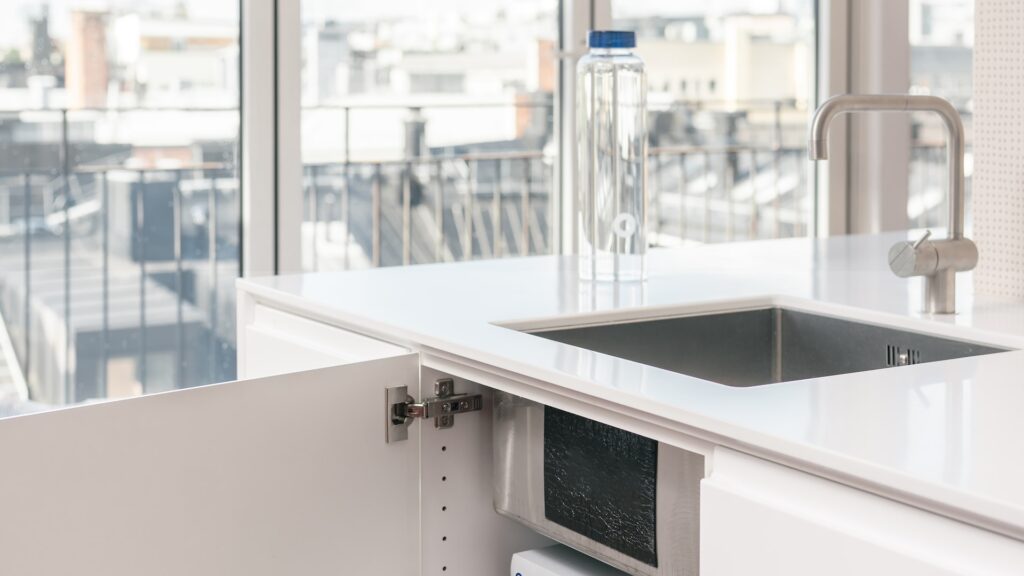Introduction:
In recent years, there has been a growing trend towards creating sustainable and eco-friendly living spaces. Not only does an eco-friendly home help reduce your carbon footprint, but it also promotes a healthier and more conscious lifestyle. From energy-efficient appliances to using eco-friendly materials, there are numerous ways to make your home more environmentally friendly. In this comprehensive guide, we will explore various green living tips and sustainable choices that you can incorporate into your home design.
1. Incorporating Energy-Efficient Appliances:
One of the key elements of an eco-friendly home design is the use of energy-efficient appliances. Replace old, energy-consuming appliances with modern, energy-saving alternatives. Look for appliances with the Energy Star label, as they are specifically designed to use less energy while still maintaining high performance.
2. Opt for Eco-Friendly Materials:
When it comes to building or renovating your home, choosing eco-friendly materials makes a significant difference. Use sustainable resources such as bamboo flooring, reclaimed wood, or recycled glass tiles. These materials not only look stylish but also minimize the impact on the environment. Additionally, try to avoid materials that release harmful chemicals or have a high carbon footprint.
3. Embrace Water Conservation:
Water scarcity is becoming a global concern, and it is crucial to use water wisely in our homes. Install low-flow showerheads, faucets, and toilets to reduce water consumption. Harvest rainwater by installing a rain barrel that can be used for watering plants or cleaning purposes. Consider landscaping with native plants that require less water and create a beautiful, sustainable garden.
4. Harness Renewable Energy Sources:
Switching to renewable energy sources is an excellent way to make your home more eco-friendly. Consider installing solar panels on your roof to harness solar energy and reduce your reliance on fossil fuels. These panels generate clean and sustainable electricity, significantly lowering your carbon footprint and saving you money on energy bills in the long run.
5. Proper Insulation and Ventilation:
Insulating your home properly helps maintain a comfortable temperature year-round, reducing the need for excessive heating or cooling. This, in turn, reduces energy consumption and greenhouse gas emissions. Additionally, ensuring adequate ventilation helps improve indoor air quality by promoting the circulation of fresh air and reducing the build-up of pollutants.
Conclusion:
Designing an eco-friendly home not only benefits the environment but also promotes a healthier and more sustainable lifestyle. By incorporating these green living tips and sustainable choices into your home design, you can become an active participant in the global effort to combat climate change and create a better future for generations to come. Embrace the power of eco-friendly materials, energy-efficient appliances, water conservation, renewable energy sources, and proper insulation and ventilation to create a home that is aesthetically appealing, comfortable, and environmentally responsible.

